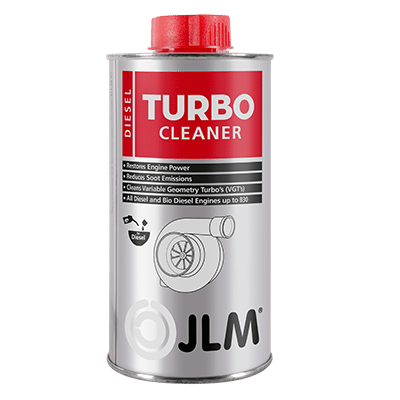Catalytic converters are an element of your car’s exhaust system and have been a mandatory feature on all new vehicles manufactured since 1993. Operating in the background, catalytic converters use chemical reactions to clean up harmful pollutants from your emissions while you drive.
Although many people have heard of a catalytic converter, few are sure of what one does or how it works—you might not even think about it until it breaks. This guide will help you understand why your catalytic converter is such an essential vehicle component. So the next time you might need it fixed, you’ll know exactly what your mechanic is talking about.
WHAT IS THE PURPOSE OF A CATALYTIC CONVERTER?
Catalytic converters exist in order to increase the efficiency of vehicle engines,and reduce the level of pollutants they produce. Internal combustion engines (ICEs) produce a number of harmful emissions—Nitrous Oxide and Carbon Monoxide, in particular—as they burn fuel to produce the energy that makes the vehicle go.
Your catalytic converter serves to reduce the amount of exhaust emissions, resulting in less harmful pollutants in the air we breathe and in the environment around us.

Whilst catalytic converters will not completely remove these gases from your exhaust, they will greatly reduce the amount produced. Many cars manufactured pre-1993 will not have a catalytic converter and, although this is not illegal, this may impact whether your vehicle passes its MOT. Vehicles which produce a high level of harmful emissions are likely to fail their MOT.
HOW DO CATALYTIC CONVERTERS WORK?
Catalytic converters use a chemical chamber to ‘convert’ the harmful emissions in your exhaust—such as carbon monoxide and nitrogen oxide—into less harmful states like carbon dioxide and water vapour. They are usually made with a combination of precious metals such as platinum, palladium, and rhodium. This means they are high in value, and at risk of theft.
As you drive, gases will flow through a honeycomb-like structure within the catalytic converter housing. This is lined with the precious metals, which act as catalysts (substances which increase the rate of chemical reaction without undergoing any permanent change) acting to reduce the levels of harmful emissions coming from your vehicle.

There are two main types of catalysts which operate in your vehicle: reduction catalysts and oxidation catalysts.
REDUCTION CATALYSTS
These serve to reduce the amount of nitrous oxide pollution by removing oxygen from the exhaust fumes. This breaks down the nitrous oxide into separate nitrogen and oxygen components.
OXIDATION CATALYSTS
Oxidation catalysts work in the reverse of reduction catalysts. Instead of removing oxygen from the emissions, they add it in, converting carbon monoxide into carbon dioxide. This is much less harmful to our health.
PROBLEMS THAT CATALYTIC CONVERTERS FACE
There are a number of reasons why your catalytic converter may fail. This usually falls into three distinct categories.
- Overheating/melting
- Structural damages
- Substance coating
Although we can’t help you with overheating or structural damage, we can help to prevent and clean up any excessive substance coating, such as carbon build-up.
Use our Emissions Reduction Treatment for both diesel and petrol engines to remove carbon deposits from your vehicle’s injectors and improve the performance of your catalytic converter
TYPES OF CATALYTIC CONVERTERS.
There are two types of catalytic converter; the two way and the three way converter. The type you find in your vehicle will largely depend on whether you drive a petrol or diesel fueled car.
TWO WAY CATALYTIC CONVERTER
Two way converters have been present on vehicles since 1981, and are mainly found on vehicles with diesel engines. Their primary function is to convert carbon monoxide into carbon dioxide through the oxidation process. Two way converters also reduce the level of hydrocarbons coming out of your exhaust by transforming them into their separate components—carbon dioxide and water.
THREE WAY CATALYTIC CONVERTER
Three way catalytic converters have also been available since the 80s, and are mainly found on vehicles with petrol engines. They perform in much the same way, but also contain a reduction catalyst. This helps change nitrous oxide into nitrogen and oxygen.
SHOP CATALYTIC CONVERTER CLEANERS
You can reduce the harmful emissions coming from your vehicle—and avoid any unwanted repair bills—by simply maintaining the health of your catalytic converter with JLM’s emission reduction treatment.

